Sun Protection and Sunburn Relief – UVA, UVB, SPF – What do they mean?
Kach and I have been travelling all over the world for a few years now and that is a big part of our relationship. Kach is from the Philippines and I (Jonathan) am from the UK; along with our cultural come two entirely different skin types – brown and prone to become darker in the sun, against very white and prone to burning very easily! We have also grown up with very different beliefs about skin tone and sun exposure. In the UK, we are well aware of sun damage and skin cancer, but it’s fashionable and a sign of good health to have a tan, even with our lighter skin and a greater tendency to sunburn and skin damage. In the Philippines, a darker skin tone is seen as a sign of being poor and working class, so anyone with a choice in the matter stays out of the sun completely, covers up and even uses skin-whitening products to try to lighten their skin tone. The two could not be more opposite, could they?! I can see a potential for problems at the extreme ends of both of these attitudes – Too much sun exposure and too much tanning is dangerous for our health, but too little sun exposure can lead to a deficiency in vitamin D, which we need help absorb calcium.
It is already well-known that children to don’t get enough exposure to natural daylight are more prone to bone formation disorders, like the recent resurgence in rickets all over the world. It seems to me that people on both sides of the spectrum need to find a way to balance their sun exposure, which means having a better understanding of what sunlight is, the different rays it is made up of, and how to protect themselves so they can confidently expose themselves to healthy doses of natural sunlight.
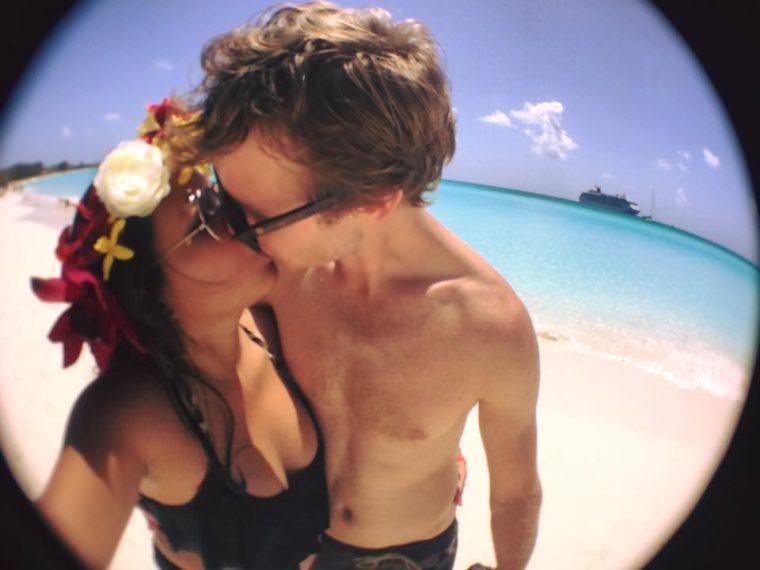
When it comes to protecting yourself in the sun, it doesn’t need to be complicated, but three out of five Brits have suffered the scorn of sunburn in the past five years. With acronyms to represent each area of sun safety, Soleve™ Sunburn Relief has spelled out the abbreviations to simplify sun care and break down these meanings, to help keep you safe in the sun this summer.
Table of Contents
So, what is SPF?
SPF stands for Sun Protection Factor, which is described as a number on sunscreen. Typically speaking, the higher the number, the longer you can stay in the sun without burning… e.g. if you apply SPF 30, you can stay in the sun 30 times longer than if you were wearing no protection.
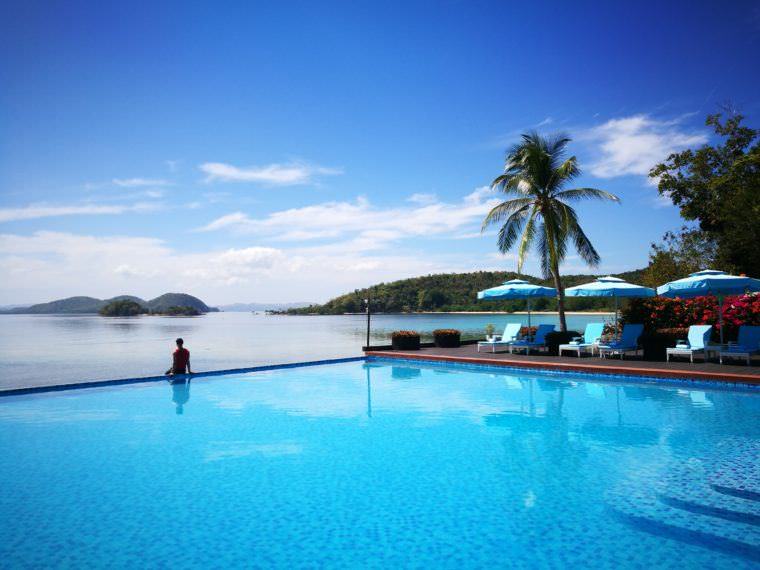
It’s important to remember that SPF will only protect against UVB radiation, which is what causes sunburn.
Knowing your UVBs from your UVAs
The UV refers to Ultraviolet radiation from the sun, and is categorised as UVB and UVA, so what’s the difference?
UVB
First and foremost, SPF will only protect against UVB radiation. UVB rays penetrate the outer layer of the skin and if precautions are not taken, can damage the cells resulting in inflamed skin or sunburn (think B for burning).
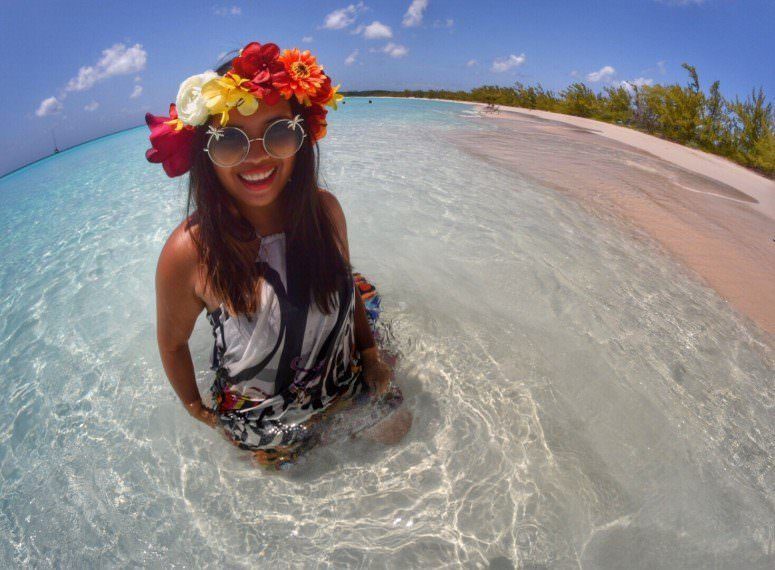
Sunscreen protection is available in a variety of SPF factors from very low to very high. it’s vital to apply a high factor SPF sun cream when out and about.
- SPF 6 filters out 75% UVB radiation
- SPF 15 sunscreen filters out 93%
- SPF 30 filters out 96% of UVB radiation
UVA
UVA rays penetrate much deeper into the skin than UVB rays and can cause damage to the cells, resulting in aging of the skin.
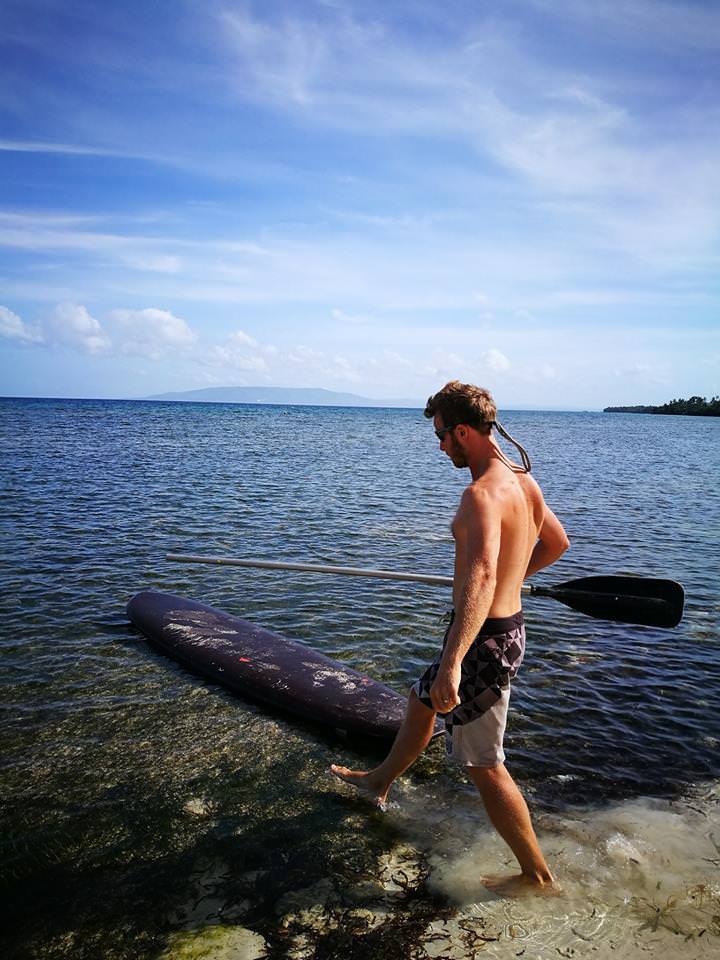
UVA protection is shown as the UVA letters in a circle on a pack. The symbol indicates that a product contains at least the recommended minimum level of UVA protection for a sunscreen. You should see a star rating of up to 5 stars on UK sunscreens. The higher the star rating, the better. Make sure your product has a minimum of 4 stars for UVA protection too.
When sunburn strikes
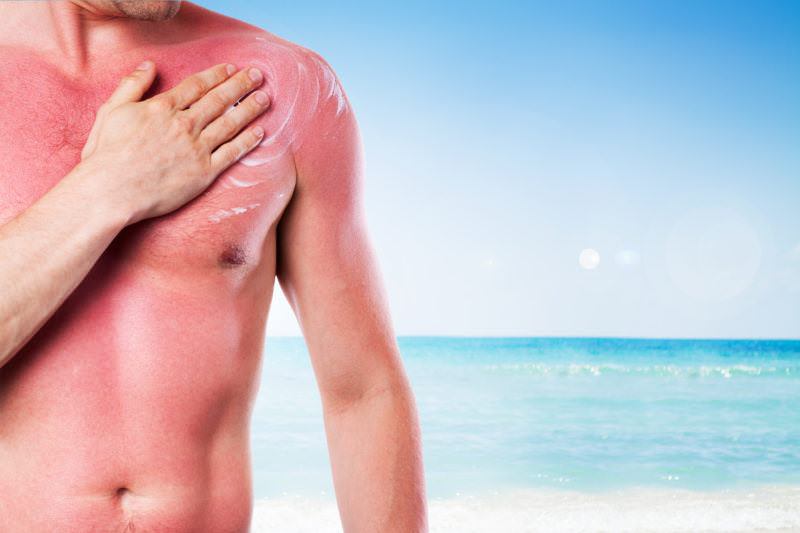
Over exposure to the sun’s rays and inadequate protection can make way for accidents to happen and sunburn can strike, even if you are really careful. When sunburn hits, pain relief and moisture are key to combat the discomfort.
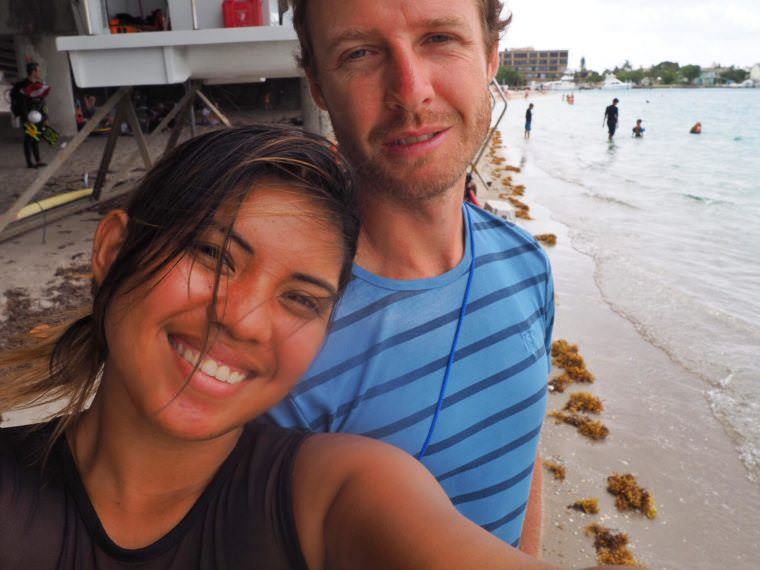
Soleve Sunburn Relief is a unique combination of pain relieving ibuprofen, which takes the sting from the burnt skin, and the soothing and rehydrating emollient isopropyl myristate to help lock in moisture, reduce skin tightness and minimise any further irritation from clothing. This easy-to-apply, silky smooth emulsion should be used at the first sign of sunburn. Look for Soleve in the Boots sun care aisle (next to sun protection). Alternatively, simply order online by visiting boots.com.
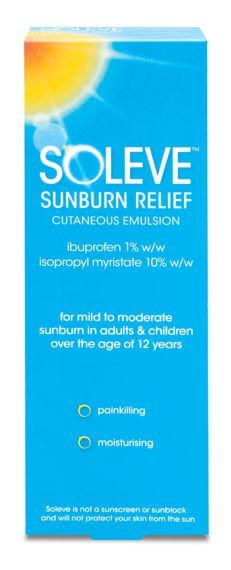
Soleve Sunburn Relief is an over the counter medicine available in the UK from Boots and Sainsbury’s nationwide. So, if you are planning a trip abroad, consider packing it in your travel first aid kit just in case. Suitable for adults and children aged twelve years and over. RRP £9.95 for 100ml
Sun Facts
- Three out of five (60%) of us have had our holidays spoilt by sunburn
- Only half of us (50%) prepare for our sun care routine before we go on holiday
- Only half of us bother taking a first aid kit on holiday (50%)
- Just two women in a hundred top up their protection after swimming
- Three in four do not know which protection factor is recommended for their skin
- SPF will only protect against part of the sun’s radiation
- A low SPF will only protect against 75% of the sun’s radiation and should be avoided
![]() Are you on Pinterest? Pin these!
Are you on Pinterest? Pin these!

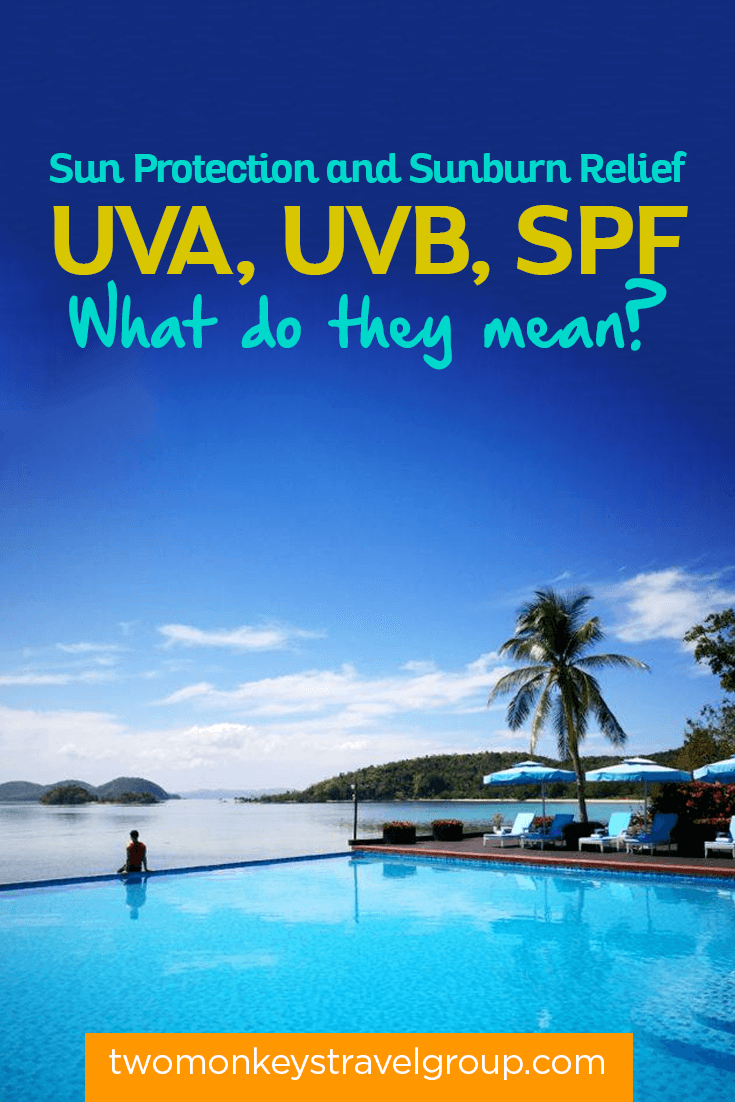
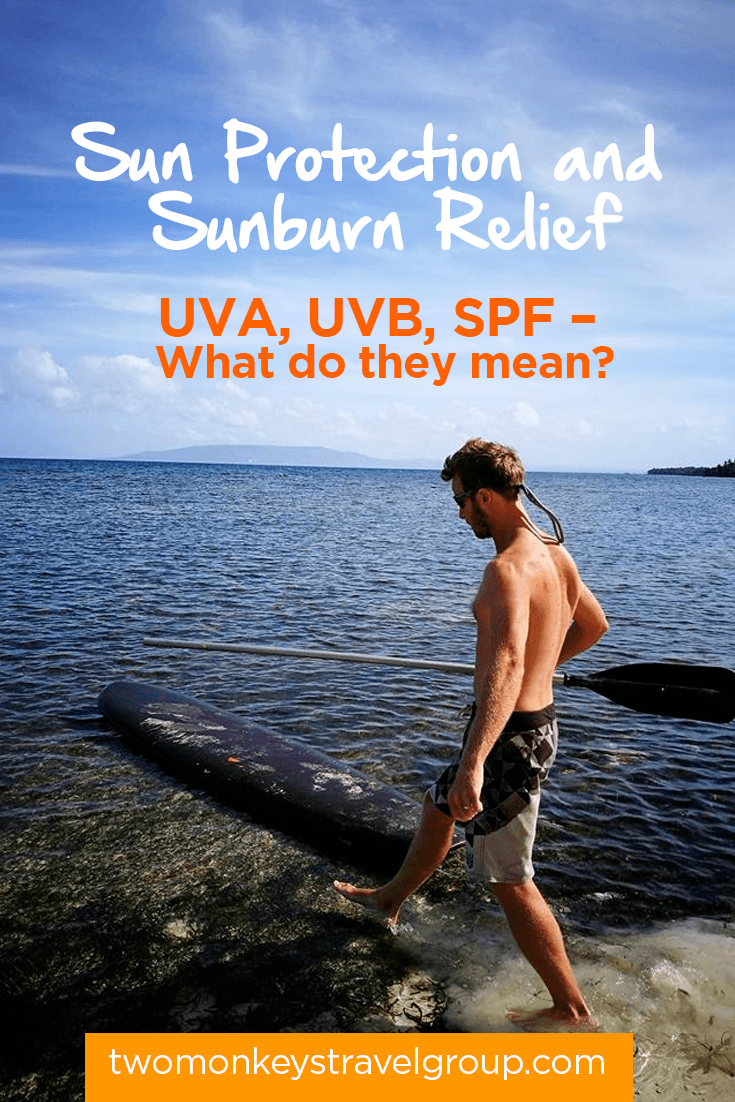
I’m a mess if I stay in the sun too long with out sunsreen It;s so, so important. Great post guys!
Lindsay |